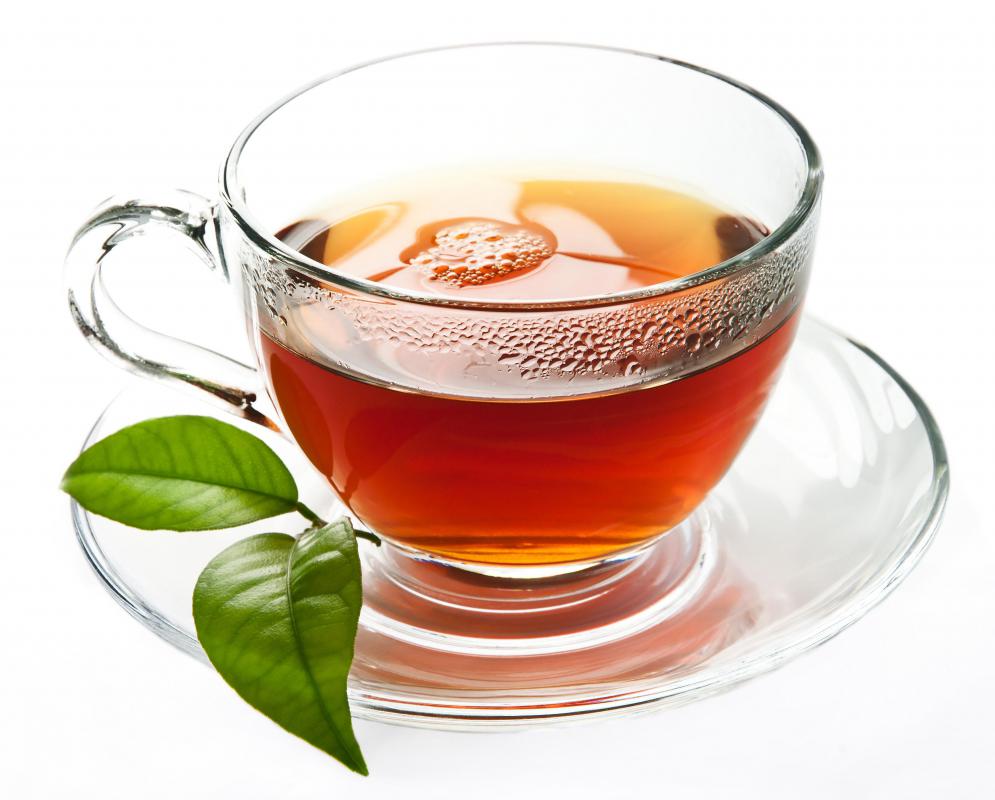When one enters a Chinese restaurant, the air is often permeated with tantalizing aromas and a vibrancy that is distinctly its own. Nestled within this sensory symphony is a ritual as ancient as the tea leaf itself—the traditional tea served alongside meals. Though the offerings may vary from one establishment to another, there is a predominant tea that graces the tables of countless Chinese eateries: jasmine tea. This ethereal infusion serves not merely as a beverage but also as a harmonious accompaniment to the culinary tapestry that unfolds on the table.
Jasmine tea is a captivating blend, infusing green or white tea leaves with the fragrant blossoms of jasmine. Each sip is akin to a gentle summer breeze, carrying with it the floral sweetness that can transport the drinker to a sun-dappled field. The process of crafting this tea is nearly alchemical. Fresh jasmine flowers are layered with the tea leaves, allowing the essence of the blossoms to permeate the leaves, creating a union that celebrates both the richness of the tea and the delicate essence of the jasmine.
But what is it about jasmine tea that captivates the senses so effortlessly? It is more than just the quality of the blend; it is the historical context that surrounds it. In China, tea is imbued with cultural significance, often symbolizing harmony and respect. It is customary to serve tea as a gesture of hospitality—a fragrant welcome that transcends the mere act of quenching thirst. This ritual encompasses a wealth of meaning, binding conversational threads and nurturing relationships.
Turning to the origins of jasmine tea, one must explore the storied landscapes of Fujian Province, where the practice of infusing tea with jasmine blossoms began over a thousand years ago. The region, with its mist-laden hills and rich soil, produces some of the finest tea leaves in the world. Here, generations have perfected the delicate art of tea infusing, cultivating a deep reverence for the leaf and its floral counterpart.
Jasmine tea is characterized by its aromatic profile, which ranges from subtly sweet to intensely fragrant. This multiplicity allows it to pair exquisitely with a wide array of dishes typically found in Chinese cuisine. The tea’s lightness complements the intricate flavors of dishes such as Kung Pao chicken or Cantonese dumplings, where spice and seasoning can often dominate. The delicate floral notes serve to cleanse the palate, washing away richness and preparing the senses for the next bite. Each infusion becomes a celebration of flavor, a dance between the meal and the tea that enhances the overall dining experience.
Beyond its sensory allure, jasmine tea also harbors a wealth of health benefits that further entrench its significance in the dining culture. Laden with antioxidants, this fragrant nectar is thought to bolster the immune system and promote overall wellness. While it is served in restaurants primarily for its taste, the subtle undertones of wellness make it a favorable choice for health-conscious patrons. The act of sipping this tea during a meal can also aid digestion, a fortifying companion to sumptuous foods that may otherwise lead to discomfort.
The presentation of tea in Chinese restaurants also reflects an artistry that enhances the overall dining experience. Traditionally served in small, delicate teacups, the ritual of pouring tea becomes a performance in itself. Steam rises from the cup like spirits released to the wind, while the artful arrangement of cups and pots creates a tableau that speaks to the elegance of Chinese culture. It’s a moment of peace amidst the bustling surroundings, a deliberate pause that invites contemplation and connection.
But the role of tea stretches beyond the confines of the tablecloth. It is deeply interwoven into the rituals of Chinese gatherings, where it often features prominently in celebratory feasts, weddings, and family reunions. Symbolizing purity and harmony, jasmine tea holds a central position in these festivities, reinforcing the bonds between individuals, families, and communities. It evokes a sense of nostalgia, reminiscent of shared meals and cherished memories that endure over time.
As the meal draws to a close, many diners may find themselves lingering, cradling their cups of jasmine tea, savoring its lingering sweetness. This final act encapsulates the essence of a Chinese dining experience—a mixture of culinary exploration and heartfelt connection. The jasmine tea stands as a poignant reminder that meals are not just about sustenance; they are about relationships, memories, and the timeless moments that linger long after the last bite.
In conclusion, the tea served in Chinese restaurants, particularly jasmine tea, is much more than a mere beverage; it is a vessel of culture, tradition, and harmony. Its delicate flavor profile and aromatic allure enhance the dining experience, synergizing with the rich tapestry of flavors that comprise Chinese cuisine. As patrons raise their cups in toast, they are not just celebrating the meal before them; they are partaking in an ancient ritual that connects them to a lineage of tradition and respect. Through each sip, the jasmine tea continues to weave threads of connection, memory, and love, echoing the profound ways in which sustenance nurtures both body and spirit.
